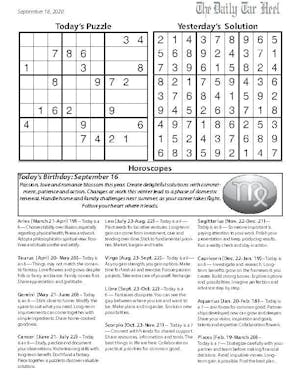 About halfway through The White Stripes' 2004 concert film "Under Blackpool Lights," Jack White remembers hearing George Harrison talk of The Beatles' reverence for those titular London bulbs.
About halfway through The White Stripes' 2004 concert film "Under Blackpool Lights," Jack White remembers hearing George Harrison talk of The Beatles' reverence for those titular London bulbs.
In his own appearance on the stage, he quips that he's in "the right place, the wrong time." "That's how I feel everyday," he jokes with a laugh that's half amused, half bitter.
Jack White is as close as modern music comes to a true rock star. He's an immensely popular musician with the power to bestow hit records on three different bands while also getting raves from music critics all over the map. But he's still not The Beatles. He's still not Bob Dylan. The time he lives in just won't allow for it, yet "Under Great White Northern Lights" displays a rocker who yearns for that kind of renown.
In every shot, every performance, every brooding rock 'n' roll facial expression, this film and the 2007 Canadian tour it documents strive for the electric music environment of the '60s. It's so precise, so fully fleshed out that it strains the boundary between homage and posturing.
The tour itself is what allows the film to paint the Stripes as classic rock greats. On a tour that goes through each and every territory and provence in the country, Jack and Meg White perform in small towns where a moose being spotted on Main Street would make the front page of the newspaper. In this environment their stunts are met as amazing events. When they perform "Wheels on the Bus" on an actual city bus and play a short set in a harbor floating on a boat, the crowds go bananas, shocked that such things are happening where they live.
The musicians play their part in this hub bub perfectly. They stroll around like rock gods with roadies in uniform coats and bowler hats. With the locals, they are interested but aloof. When the mayor of Yellowknife gives them a ride into his town, Jack asks him if they have any bowling alleys. He then lists all the places in the world where he and Meg have bowled. It's unintentionally pompous, and it exemplifies the gap between the worldly Stripes and their down-to-earth hosts.
The camera work accentuates the group's celebrity. Director Emmett Malloy mimics the style of Dylan documentary "No Direction Home," framing his subjects in rugged handheld shots. It gives the film the feel of lost tour footage finally brought to light. In this way it pictures the Stripes as though they're already legends.
The pretension of all this threatens to crush the band, but their personality is so powerfully distinct that it allows them to get away with most of their posturing. Nowhere is this more clear than in the performances. Shot with a crisp, nuanced style that mimics their frenetic energy, the duo sleighs every crowd that is laid before them. Dashing from instrument to instrument and bashing them all to hell, Jack is like a mad scientist as he creates his blistering racket. In this arena he's as entrancing as any Beatle ever was.
Still, Jack White is not a rock legend, and because of that some of his antics come off as frivolous and fake. But when you see him on stage, he comes close to earning it. He attacks his songs with incredible force, seemingly determined to match the legacy of his idols.
And while he's not there yet, that doesn't mean the target is out of reach. If he keeps at his craft with the same reverently hell-bent ferocity that he has so far, he too may one day join their ranks. But for now he's only a substitute — even if he is the best we've got.
To get the day's news and headlines in your inbox each morning, sign up for our email newsletters.




